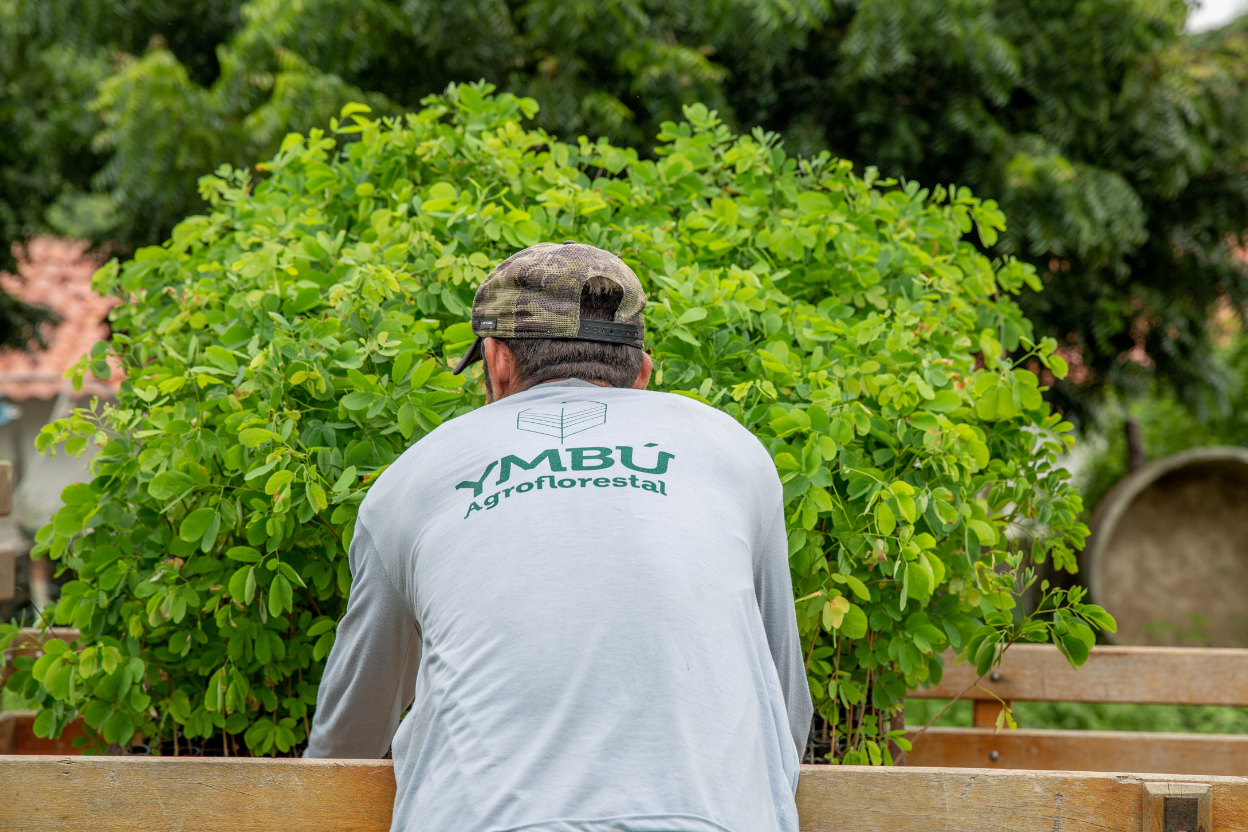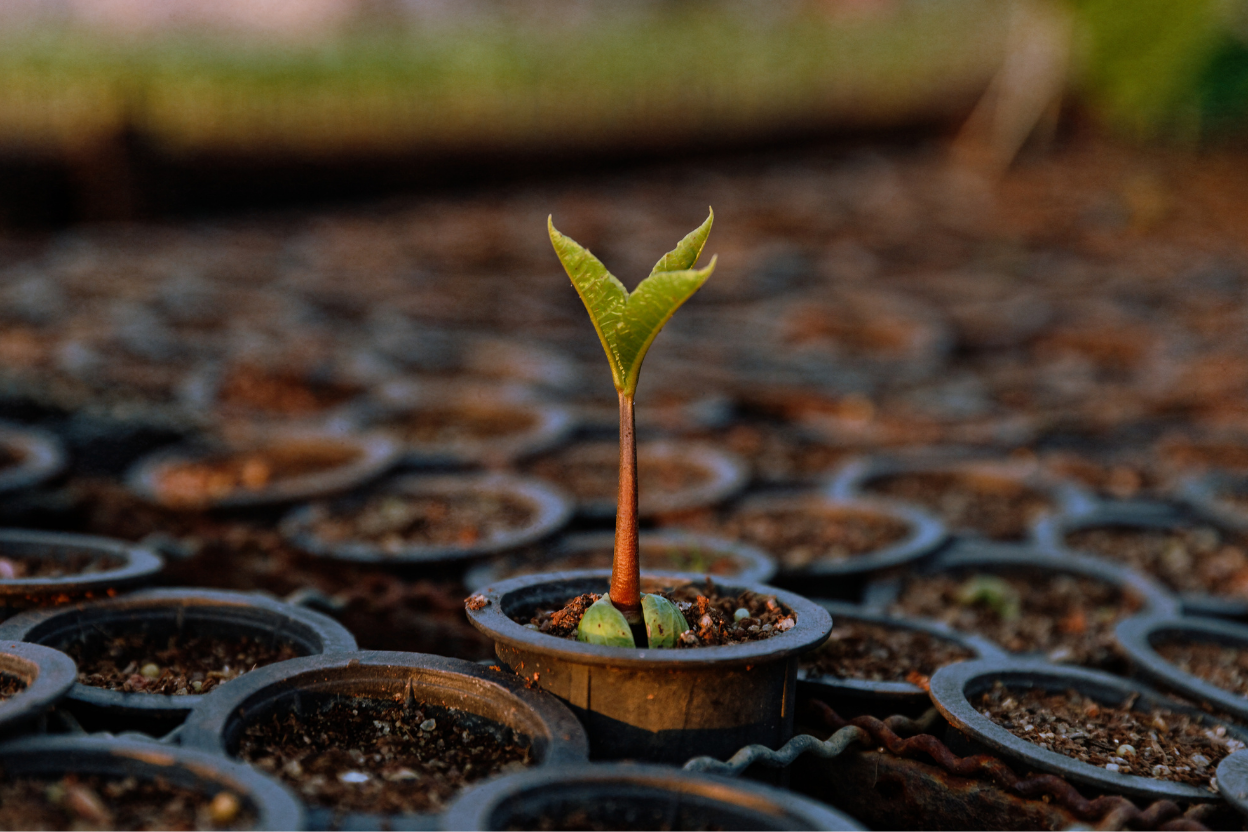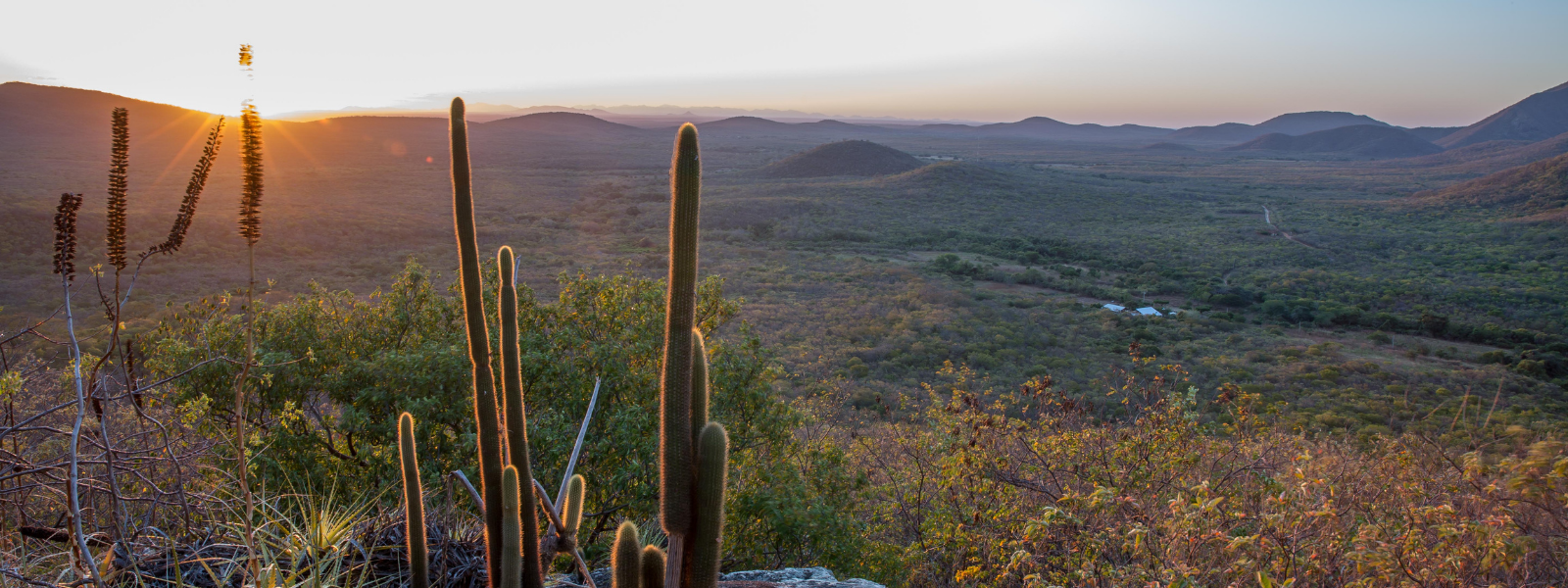A Natural CO2 sinkhole
Of all the intricate and unique biomes that Planet Earth hosts, the Caatinga is by far the most peculiar one.
The Caatinga is an exclusively Brazilian biome and comprises approximately 11% of the national territory and 70% of the Northeast Region.
The name “Caatinga” has Tupi-Guarani origin and means “white forest”. This name represents the characteristics of the vegetation in this ecosystem, whose leaves fall during the dry season.
The whole region is located in the Northeast Region of Brazil and the predominant climate is tropical semiarid. It also has several particularities, especially in relation to the climate adaptation of plants and animals.
This climate is marked by long periods of drought, that is, without rain. The rainfall index is below 800 mm/year. Temperatures are generally high, with an average of 27 °C, and may reach higher numbers, above 32 °C.
The whole region is located in the Northeast Region of Brazil and the predominant climate is tropical semiarid. It also has several particularities, especially in relation to the climate adaptation of plants and animals.
This climate is marked by long periods of drought, that is, without rain. The rainfall index is below 800 mm/year. Temperatures are generally high, with an average of 27 °C, and may reach higher numbers, above 32°C.



The Caatinga plays an important role in the sequestration of carbon dioxide (CO2)
This biome is affected by extreme droughts and dry periods, characteristic of the semiarid climate. For this reason, the vegetation needed to develop survival mechanisms due to the limited availability of water. The fauna is quite diverse and is also marked by adaptations to the climate, such as recurrent migrations in dry periods.
The Caatinga plays an important role in the sequestration of carbon dioxide (CO2), one of the causes of the greenhouse effect, even in periods of severe drought. This is what the study Seasonal variation in net ecosystem CO2 exchange of a Brazilian seasonally dry tropical forest says, carried out by professors, researchers and students from UFRN, UFCG, UFPE, UFOPA, ICMBio and the National Institute of the Semi-Arid (INSA).
“It was always treated as a poor, insignificant, despicable forest”
Published in the journal Scientific Reports, by the Nature group, the research explains that seasonally dry tropical forest ecosystems play an important role in cleaning the air because they absorb large amounts of this atmospheric gas. The data puts an end to doubts about areas like the Caatinga.
According to the researchers, there were few studies on this biome, but not only. “It was always treated as a poor, insignificant, despicable forest”, says Bergson Bezerra, leader of the research developed by the Group of Observational Studies and Modeling of the Biosphere-Atmosphere Interaction (Geoma), at UFRN, alongside researcher Cláudio Moisés.

The study lasted two years and proves that the Caatinga sequestered more than 3 tons of carbon per hectare. Thus, it becomes the most carbon efficient forest compared to all other forest types studied worldwide so far.
“Ecosystems absorb or sequester CO2 from the atmosphere through the photosynthetic process and at the same time emit CO2 into the atmosphere through the process of plant and soil respiration. An ecosystem is considered a CO2 sink if it absorbs or sequesters more CO2 than it emits. A CO2 sink is an ally in combating the effects of climate change. On the other hand, an ecosystem is considered a source of CO2 if it emits more CO2 into the atmosphere than it absorbs or sequesters from it”, say the researchers.
The study reinforces the importance of preserving the Caatinga, one of the most affected by human action. According to the researchers, the biome is the least studied and protected, as are all the seasonally dry tropical forests in the world.



 Climate crisis: the role of carbon
Climate crisis: the role of carbon
Leave a Reply